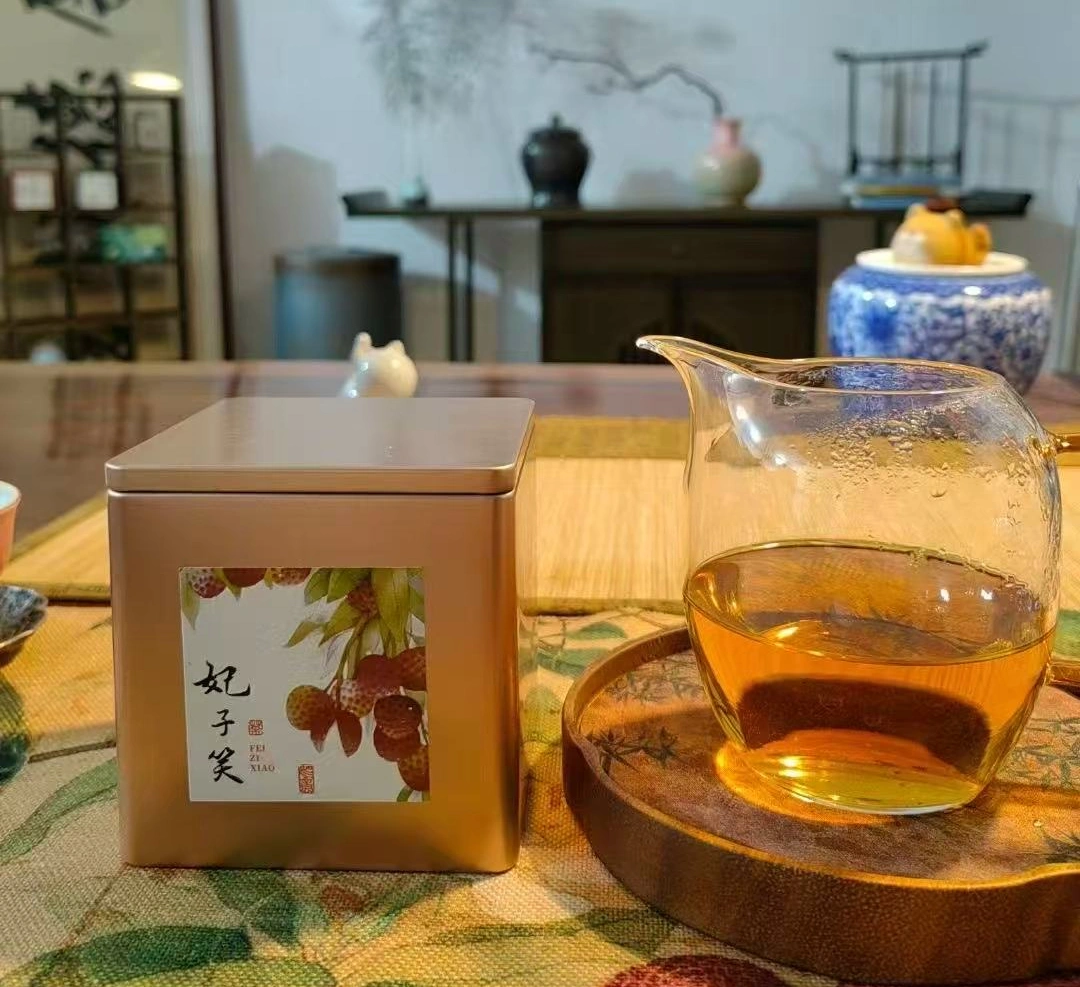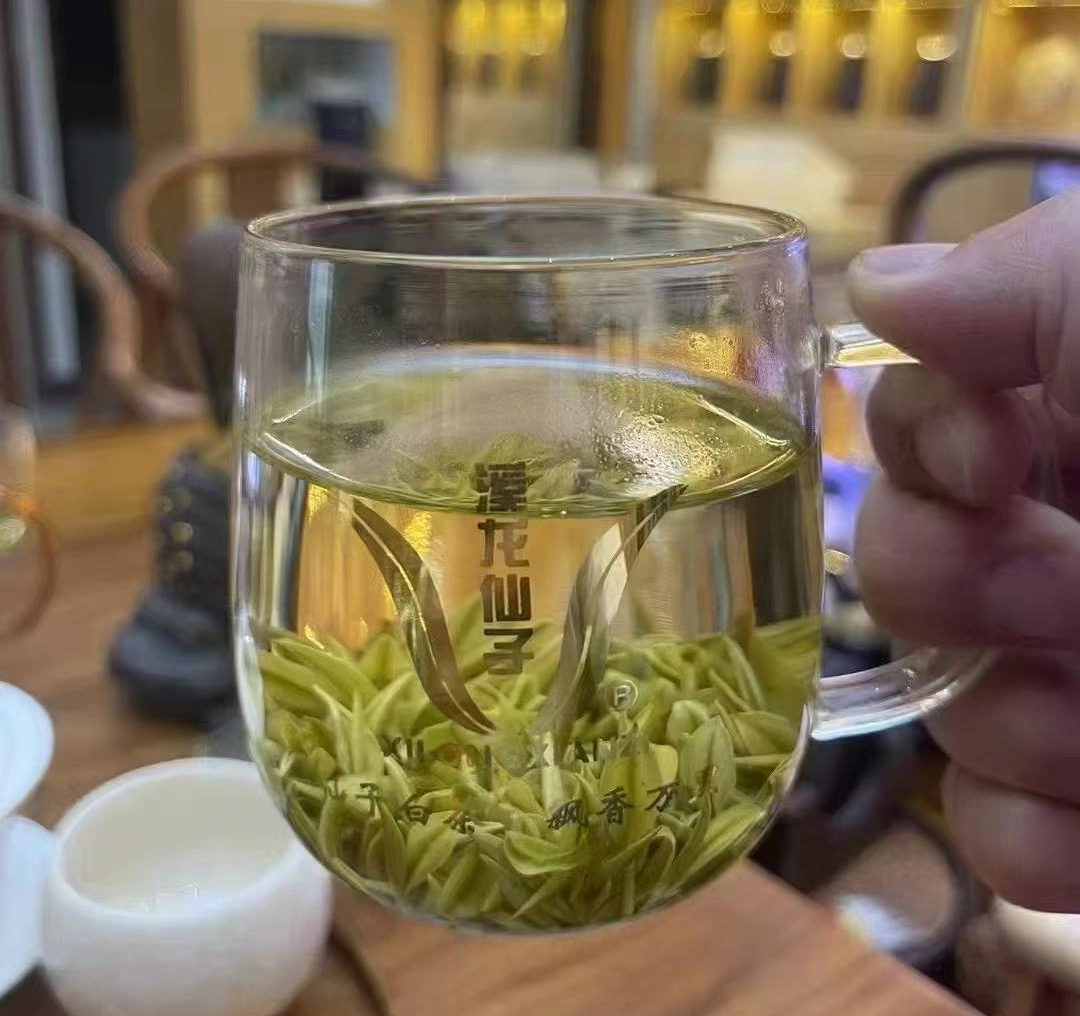Black tea vs green tea has ignited passionate debates among tea lovers for centuries. Each cup offers a sensorial symphony—one bold, one delicate—yet both promise vibrant health benefits and a ritual of pure delight. Let’s embark on an evocative journey through nine captivating distinctions that will deepen your appreciation and guide you to your perfect brew.
1. Introduction
Close your eyes and imagine steam curling in the golden morning light. The deep, malty aroma of black tea beckons like a warm embrace, while the fresh, verdant fragrance of green tea whispers of dewy gardens at dawn. In this article, you’ll uncover nine pivotal differences—from processing and flavor to antioxidants and brewing secrets—that reveal why black tea vs green tea isn’t just a comparison, but an invitation to savor life’s small pleasures.

2. What Are Black Tea and Green Tea?
Black tea and green tea both originate from the Camellia sinensis plant, yet their destinies diverge through oxidation.
- Black tea undergoes full oxidation, transforming its leaves into deep auburn gems.
- Green tea halts oxidation swiftly by steaming or pan-firing, preserving its verdant hue and vegetal essence.
This oxidation alchemy shapes not only color but character: black tea radiates a rich, robust soul; green tea glows with fresh, delicate whispers.
3. Processing & Production
3.1 How Black Tea Is Made
Witness the artful dance of withering, rolling, and oxidizing. Fresh black tea leaves are laid out to wilt, then gently bruised to awaken enzymes. As air kisses each leaf, oxidation deepens its color and magnifies its flavor into malty, caramelized crescendos. Finally, drying locks in those luxurious notes.
3.2 How Green Tea Is Made
Contrast that with green tea’s electrifying freshness. Leaves are plucked at first light and immediately steamed (Japanese style) or pan-fired (Chinese style), halting oxidation in its tracks. The result? Vibrant jade leaves bursting with grassy, umami-rich perfume that tingles your senses with pure, unbridled vitality.

4. Flavor Profiles & Aroma
4.1 Black Tea Flavor Notes
Sip black tea and surrender to its sumptuous depth:
- Malty warmth that coats your tongue like velvet
- Hints of caramel and honeyed sweetness
- Smoky whispers in varieties like Lapsang Souchong
Each sip feels like a velvet cloak around your senses—crisp yet comforting, bold yet balanced.
4.2 Green Tea Flavor Notes
Green tea enchants with an entirely different palette:
- Fresh-cut grass at sunrise
- Delicate seaweed or marine umami in Japanese senchas
- Floral or nutty complexity in Chinese long-jing
It’s like strolling through an early spring meadow, each note bursting with the promise of renewal.
5. Caffeine Content Comparison
5.1 Typical Caffeine Levels
Caffeine energizes, but its intensity varies:
- Black tea: 40–90 mg per 8-oz cup
- Green tea: 20–45 mg per 8-oz cup
Black tea’s full oxidation concentrates caffeine into a robust surge, while green tea’s lighter processing yields a gentler lift.
5.2 Brewing Impact on Caffeine
Your brewing ritual acts like a dial on caffeine release:
- Short, cooler steep (2 min / 175°F): ~30–40% extraction
- Standard steep (3–4 min / 200°F): ~60–70% extraction
- Extended, hotter steep (5+ min / 212°F): ~90–100% extraction
Want a zesty zing from black tea? Embrace higher heat and longer time. Craving a soft uplift from green tea? Lower temp and brief steep will enchant you.
6. Antioxidants & Health Benefits
6.1 Polyphenols in Green Tea
Green tea brims with catechins—especially EGCG—a potent antioxidant that dances through your cells to neutralize free radicals. This verdant powerhouse has been linked to:
- Elevated metabolism and fat burning
- Enhanced brain function and neuroprotection
- Lowered risk of certain cancers and cardiovascular diseases
6.2 Theaflavins in Black Tea
Black tea transforms catechins into theaflavins and thearubigins during oxidation. These golden compounds glow with health benefits:
- Supporting heart health by improving blood vessel function
- Boosting gut health through prebiotic effects
- Promoting sustained cognitive focus without jittery spikes
In the grand duel of black tea vs green tea, each antioxidant family offers a unique shield for your well-being.
7. Brewing Techniques for Optimal Taste
7.1 Brewing Black Tea
- Water Temperature: 200–212°F (93–100°C)
- Tea Quantity: 1 teaspoon per 8 oz, or 2 for a bolder cup
- Steep Time: 3–5 minutes for full-bodied depth
For a silky, mellow sip, rinse leaves quickly before brewing or add a splash of milk to soften tannins.
7.2 Brewing Green Tea
- Water Temperature: 175–185°F (80–85°C)
- Tea Quantity: 1 teaspoon per 8 oz
- Steep Time: 1.5–3 minutes
To avoid bitterness, pre-heat your teapot and remove leaves promptly when the color turns light jade.
8. Potential Drawbacks & Side Effects
Even the most alluring teas demand mindfulness. Over-caffeination can cause jitteriness, insomnia, or digestive upset. High tannin levels may inhibit iron absorption—particularly in green tea. Moderation is your ally: limit consumption to 3–4 cups daily, and enjoy black tea vs green tea at times that suit your energy rhythms.
9. Choosing the Right Tea for You
Are you seeking vigorous morning motivation or tranquil afternoon calm?
- Morning Buzz: Opt for a brisk, malty black tea to kickstart your day with assertive energy.
- Afternoon Serenity: Sip a gentle green tea to maintain poise and clarity without a caffeine crash.
Let flavor preference, caffeine tolerance, and health goals guide your choice. Or craft your own ritual: begin with green tea’s tender awakening, then transition to black tea’s bold crescendo.
FAQs
Q1: Is black tea healthier than green tea?
Both offer unique antioxidants; green tea excels in catechins (EGCG), while black tea shines with theaflavins. Choose based on desired benefits.
Q2: Can I blend black and green teas?
Yes! Blends like “purple tea” combine profiles for a balanced sensory experience. Experiment with ratios to suit your palate.
Q3: How do I reduce bitterness in green tea?
Use cooler water (175°F), shorten steep time, and choose high-quality leaves like Japanese sencha or Chinese lung ching.
Conclusion & Call to Action
The debate of black tea vs green tea is not a contest of superiority but a celebration of diversity. Each steep delivers its own narrative—robust or delicate, fiery or tranquil. Embrace both, let your senses guide you, and craft a tea ritual that resonates with your spirit. Share your discoveries, and raise your cup to the timeless art of tea.



